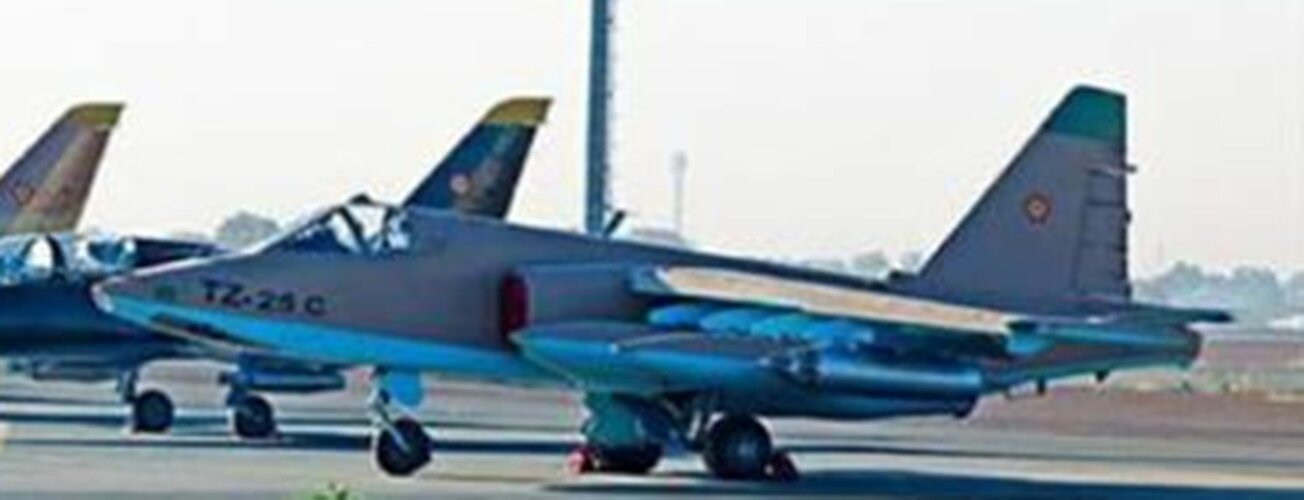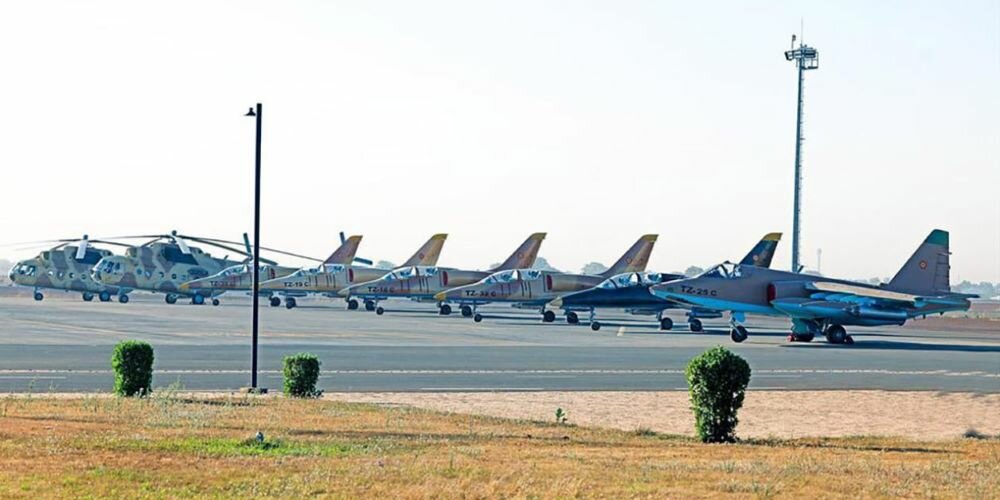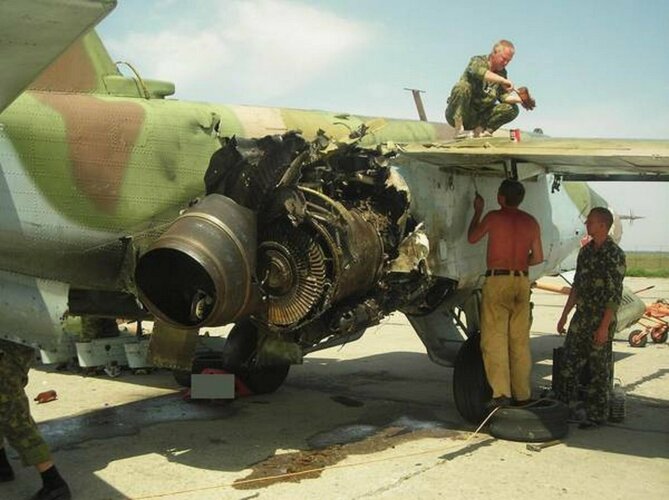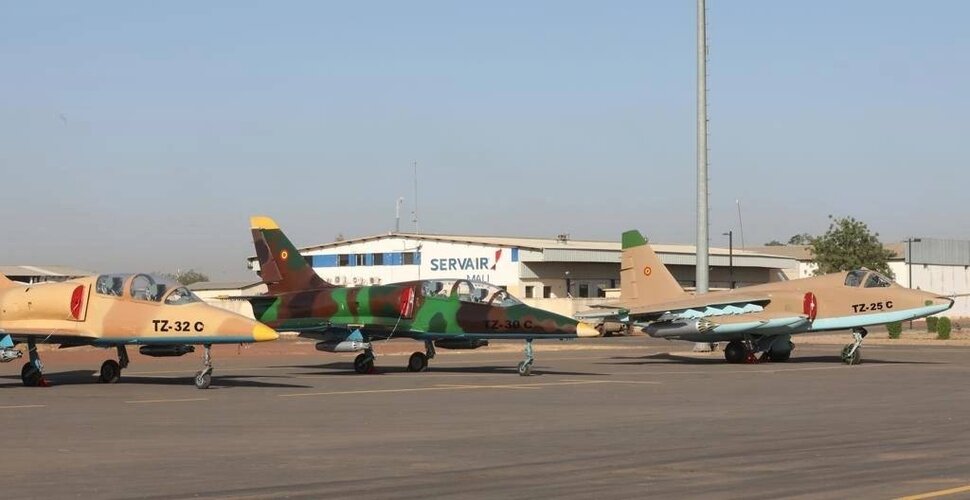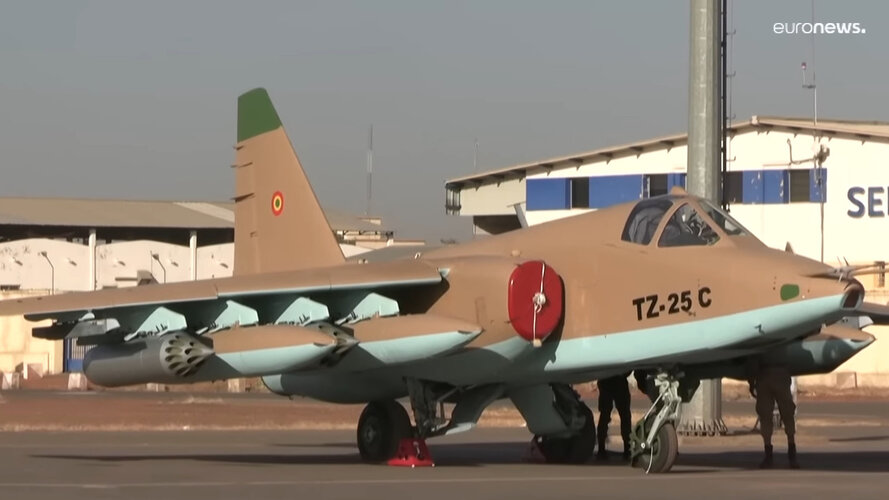Kat Tsun
eeeeeeeeeeeeeee
- Joined
- 16 June 2013
- Messages
- 1,371
- Reaction score
- 1,778
I'm pretty sure a good number of "corner cut ERA plates" are Ukrainian tbh. It's the same country that was selling Russia a million or two artillery shells a year from its own stockpiles between 2006 and 2014. Viktor Bout probably sold a fat chunk to Afghanistan or Libya too, and used the proceeds to buy a dacha in Siberia. Both are ultimately corrupt countries, but it's important to remember that only Russia had the guys with actually modern equipment at the start of 2014, and Ukraine had cops with Soviet surplus vests instead of its own army (because the army defected).
Russia is also the only one to mass produce and manufacture modern tactical airlifters (modernized IL-76s, Su-80s, etc.) while Ukraine dawdled with An-70 for 20 years. Russia produced 250 T-90Ms for India between 2000 and 2007, while Ukraine took the same amount of time to manufacture a quarter as many T-84 Oplots for twice the unit price. There is little reason to believe that Ukraine's situation, on the whole, is substantially better than Russia's in the materiel realm, and a lot of reason to believe it is worse.
What Ukraine's advantages are is that it has accurate intelligence and does not need to lean on its own materiel weaknesses through reconnaissance or awful radios. Russia might be issuing Baofengs (a very good SDR that can be made to do essentially anything you want) and Soviet SINGCARS but that's not much different than America and its various busted-ass JTRS-GMRs and SRWs that barely work and actual SINGCARS lol. That's just saying that both Russia and NATO have neglected radio communications for decades, and when they try to address it they pretty much fail, which is no huge surprise. How many modern radios does Ukraine have per dude? Oh wait they rely on a commercial satellite receiver because they literally cannot talk to each other.
America is also giving it orbital and aerial reconnaissance for free. We know what happens when a NATO country provides aerial reconnaissance: materiel and ground reconnaissance limitations disappear. Chad defeated Libya and Iraq defeated Iran, despite both of those being equipped with technologically and mechanically inferior equipment than their opponents, because neither Iran nor Libya could muster sufficiently capable ground reconnaissance to counteract the effect of Chadian or Iraqi movements. There's a fairly famous example of the Iraqi Army road marching three tank divisions with tank transporters, simultaneously, along the Basra highway to bisect a Iranian field army and shatter it with an armored assault. This was only possible because the Iranians had no clue what was going on while the Iraqis knew exactly where the Iranians were and where they were going.
In some cases the Relikt kits were issued without their explosive liners and they were filled with sand instead, which was done because Russia tried to pull an Operation Danube and didn't tell its troops to retrieve wartime stocks. They didn't go in expecting a fight, they expected another Crimea with massive local support and general overthrow of the government by the civil population, however it's not a big deal. It would not change the statistical losses of tanks that much if they had been issued ERA. Maybe a fraction of a percent I suppose, because ultimately, body armor (and vehicle armor barring artillery shellfire for SPHs and machine gun or light cannon protection for tanks) isn't that important in a major war.
The primary benefit of armor beyond "splinter and cannons" is moral and that can be substituted with massive amounts of firepower. How do you think Ukraine is going to make use of those surplus Leopard 1s, a tank barely armored against 20mm cannons on the front? How do you think the Bundeswehr would have?
The Ratnik equipped paratroopers of the Guards Airborne brigade who went into Kyiv probably died at near identical rates as the steel helmet and 6B3 wearing police officers in Mariupol in 2014 when facing rocket launchers and T-64BM.
Russia would plainly be better off giving everyone SSh-68s and load bearing vests, at least to stop light fragments, but if hard hat helmets and paintball vests are all they have, it'll do. It won't make a difference if they had 30 lbs of body armor versus three to a 155mm splinter, because that will cleave through a 12.7mm protected APC, much less a .30 cal protected body armor plate. They'd only die tired and with early onset spinal arthritis.
After all, the primary purpose of the helmet isn't to stop you from being amputated by a field gun fragment, it's to keep your head from getting beaned by a pebble or small rock tossed into the air by a shell burst 30 meters away. A plastic helmet will do this as well as steel or Kevlar. That was the whole lesson of helmet design in WW1, and it remains true today. In Ukraine especially as it is a trench war resembling WW2, rather than a colonial war/insurrection resembling St. Louis or Iraq.
Perhaps if this were Syria or Georgia with the only threat being small arms, snipers, and the occasional land mine once every other week, body armor would make a meaningful difference. It isn't. This is a war that chews up bodies and spits out corpses. A tiny little SAPI plate won't change that and might actually, counter-intuitively, make it worse. Guys with 30 lbs of body armor on top of their 60 lbs fighting loads probably can't dig trenches as fast as guys with just the fighting load.
There is little reason to believe a power line strike shaving off a vertical stabilizer is significant when the same thing happens with the Warthog. There is little reason to believe an A-10 missing both stabilizers would be any more controllable than a Su-25 missing the entire stabilizer. There is a lot of reasons to believe an A-10 missing part of a stabilizer and an engine nacelle is less controllable than a Su-25 missing part of its stabilizer and an engine nacelle, though.
There's also very little reason to draw any significant conclusions regarding a pilot hitting a power line with a Su-25 than an American hitting a power line at Stockon State Park except that the pilot fucked up for some reason. I live around there and I've seen A-10s fly out on the freeway. They used to use the freeways to practice low altitude flights, and the guy who hit the power line was probably blind or stupid. Those are the two main reasons pilot hit power lines: their eyes are failing them or they're doing stunts.
This guy in the Su-25 hit a power line. He shaved off his vertical stabilizer? Why? Who knows. Give him an eye test when he comes back and make sure he isn't going blind. Look at the flight plan, ask if the planners told him to fly at that altitude. Ask him what he was looking at before he crashed. Was the cockpit panel beeping? Was he checking a GPS or a map? Was he distracted doing some other task? Who can say. Who really cares. It's not a big deal lol.
Russia is also the only one to mass produce and manufacture modern tactical airlifters (modernized IL-76s, Su-80s, etc.) while Ukraine dawdled with An-70 for 20 years. Russia produced 250 T-90Ms for India between 2000 and 2007, while Ukraine took the same amount of time to manufacture a quarter as many T-84 Oplots for twice the unit price. There is little reason to believe that Ukraine's situation, on the whole, is substantially better than Russia's in the materiel realm, and a lot of reason to believe it is worse.
What Ukraine's advantages are is that it has accurate intelligence and does not need to lean on its own materiel weaknesses through reconnaissance or awful radios. Russia might be issuing Baofengs (a very good SDR that can be made to do essentially anything you want) and Soviet SINGCARS but that's not much different than America and its various busted-ass JTRS-GMRs and SRWs that barely work and actual SINGCARS lol. That's just saying that both Russia and NATO have neglected radio communications for decades, and when they try to address it they pretty much fail, which is no huge surprise. How many modern radios does Ukraine have per dude? Oh wait they rely on a commercial satellite receiver because they literally cannot talk to each other.
America is also giving it orbital and aerial reconnaissance for free. We know what happens when a NATO country provides aerial reconnaissance: materiel and ground reconnaissance limitations disappear. Chad defeated Libya and Iraq defeated Iran, despite both of those being equipped with technologically and mechanically inferior equipment than their opponents, because neither Iran nor Libya could muster sufficiently capable ground reconnaissance to counteract the effect of Chadian or Iraqi movements. There's a fairly famous example of the Iraqi Army road marching three tank divisions with tank transporters, simultaneously, along the Basra highway to bisect a Iranian field army and shatter it with an armored assault. This was only possible because the Iranians had no clue what was going on while the Iraqis knew exactly where the Iranians were and where they were going.
In some cases the Relikt kits were issued without their explosive liners and they were filled with sand instead, which was done because Russia tried to pull an Operation Danube and didn't tell its troops to retrieve wartime stocks. They didn't go in expecting a fight, they expected another Crimea with massive local support and general overthrow of the government by the civil population, however it's not a big deal. It would not change the statistical losses of tanks that much if they had been issued ERA. Maybe a fraction of a percent I suppose, because ultimately, body armor (and vehicle armor barring artillery shellfire for SPHs and machine gun or light cannon protection for tanks) isn't that important in a major war.
The primary benefit of armor beyond "splinter and cannons" is moral and that can be substituted with massive amounts of firepower. How do you think Ukraine is going to make use of those surplus Leopard 1s, a tank barely armored against 20mm cannons on the front? How do you think the Bundeswehr would have?
The Ratnik equipped paratroopers of the Guards Airborne brigade who went into Kyiv probably died at near identical rates as the steel helmet and 6B3 wearing police officers in Mariupol in 2014 when facing rocket launchers and T-64BM.
Russia would plainly be better off giving everyone SSh-68s and load bearing vests, at least to stop light fragments, but if hard hat helmets and paintball vests are all they have, it'll do. It won't make a difference if they had 30 lbs of body armor versus three to a 155mm splinter, because that will cleave through a 12.7mm protected APC, much less a .30 cal protected body armor plate. They'd only die tired and with early onset spinal arthritis.
After all, the primary purpose of the helmet isn't to stop you from being amputated by a field gun fragment, it's to keep your head from getting beaned by a pebble or small rock tossed into the air by a shell burst 30 meters away. A plastic helmet will do this as well as steel or Kevlar. That was the whole lesson of helmet design in WW1, and it remains true today. In Ukraine especially as it is a trench war resembling WW2, rather than a colonial war/insurrection resembling St. Louis or Iraq.
Perhaps if this were Syria or Georgia with the only threat being small arms, snipers, and the occasional land mine once every other week, body armor would make a meaningful difference. It isn't. This is a war that chews up bodies and spits out corpses. A tiny little SAPI plate won't change that and might actually, counter-intuitively, make it worse. Guys with 30 lbs of body armor on top of their 60 lbs fighting loads probably can't dig trenches as fast as guys with just the fighting load.
There is little reason to believe a power line strike shaving off a vertical stabilizer is significant when the same thing happens with the Warthog. There is little reason to believe an A-10 missing both stabilizers would be any more controllable than a Su-25 missing the entire stabilizer. There is a lot of reasons to believe an A-10 missing part of a stabilizer and an engine nacelle is less controllable than a Su-25 missing part of its stabilizer and an engine nacelle, though.
There's also very little reason to draw any significant conclusions regarding a pilot hitting a power line with a Su-25 than an American hitting a power line at Stockon State Park except that the pilot fucked up for some reason. I live around there and I've seen A-10s fly out on the freeway. They used to use the freeways to practice low altitude flights, and the guy who hit the power line was probably blind or stupid. Those are the two main reasons pilot hit power lines: their eyes are failing them or they're doing stunts.
This guy in the Su-25 hit a power line. He shaved off his vertical stabilizer? Why? Who knows. Give him an eye test when he comes back and make sure he isn't going blind. Look at the flight plan, ask if the planners told him to fly at that altitude. Ask him what he was looking at before he crashed. Was the cockpit panel beeping? Was he checking a GPS or a map? Was he distracted doing some other task? Who can say. Who really cares. It's not a big deal lol.
Last edited:


